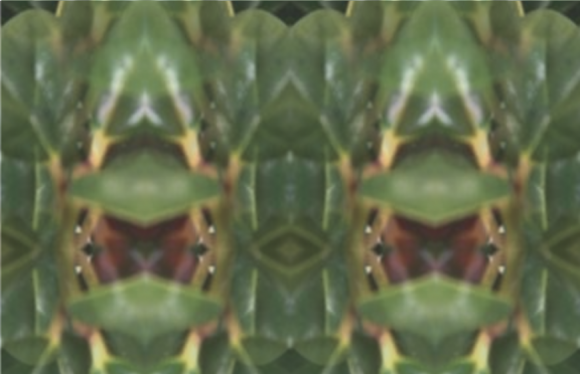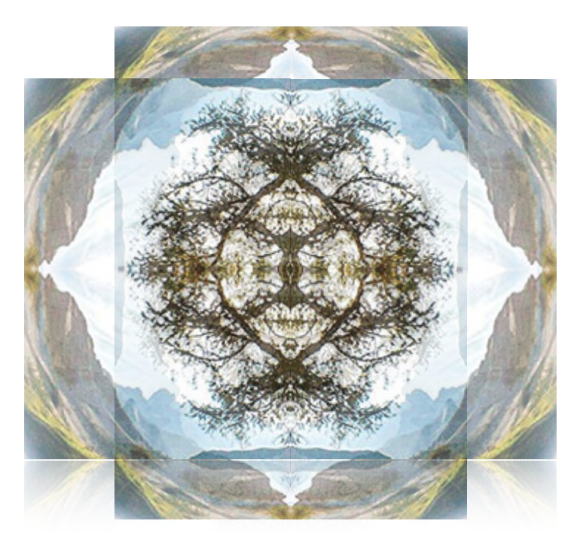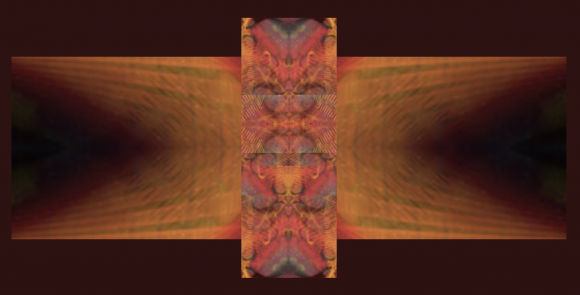
In recent posts, I have discussed Hillman’s distinction between soul-work and spirit-work (doing psychology vs. spiritual development). Hillman claims Jung’s ancestry here, but there are also grave differences in how they understood these notions.

To add some more detail to the distinction we’re exploring, between spirit-work and soul-work, according to Hillman’s “Peaks and Vales” essay, let’s look at a common experience: distractions we suffer when we attempt some typical spirit work. These may fall under either of Hillman’s first two criteria (pathologizing of the soul and anima confusions), or perhaps even remain in a grey area in...

We have now looked into two of the three marks that distinguish soul-work (psychology) from spirit-work: pathologizing and anima confusions are regarded as inherent activities of the soul, and therefore in soul-work we must attend to them and engage them on their own terms, rather than trying to get rid of them.

I have started to discuss Hillman’s three criteria for telling soul-work and spirit-work apart. The first was that soul-work would take the soul’s pathologizing seriously. Now the second: love for anima; Hillman says that he would not recognize someone as doing soul-work if they “dismiss anima confusions for ego strength or spiritual illumination”. There’s a good bit to unpack here.

In Mysterium Coniunctionis, Jung points to a fundamental difference between Christian religion and alchemy. Both are concerned, according to him, with the monumental task of unifying opposites; but Christian religion finds these opposites projected in spirit (Geist) and alchemy projects them into physis (Stoff), whereas “none locates the problem where it originated, namely, in the human soul”...

Is there a difference between spirit and soul? In his survey of what the term "spirit" means, Jung notes in passing that it is “common opinion that spirit and soul are essentially the same and therefore only arbitrarily separable”. And it is true that, in Jung’s work, the use of notions such as “psyche”, “spirit”, and “soul” seems at times arbitrary or at least vague...